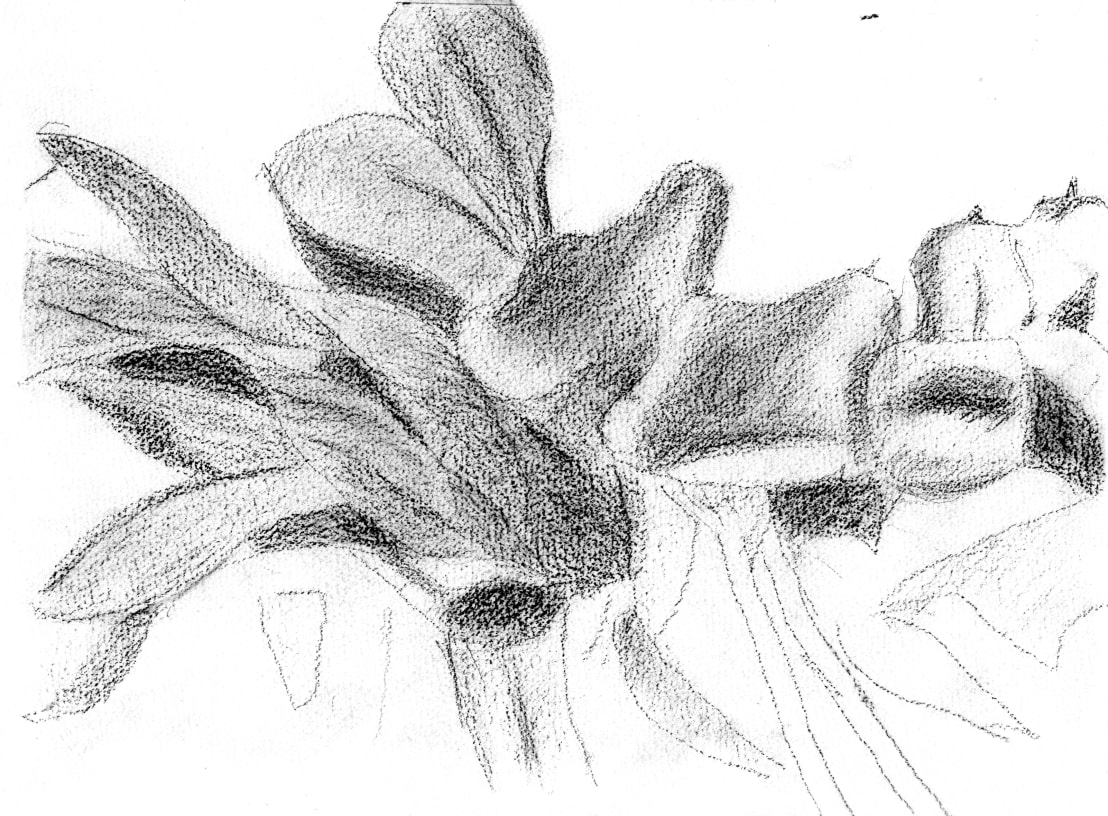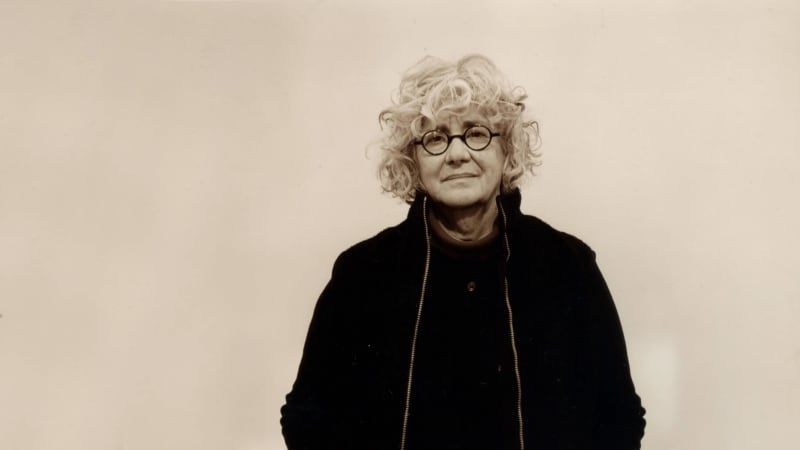

Overview
Drawing on his experience as a billboard painter, Rosenquist plays on the iconography of advertising and mass media, to create distinctive compositions that explore the culture of modern capitalism.
Galerie Thaddaeus Ropac is pleased to present a solo-exhibition of American artist James Rosenquist at their Pantin gallery, as well as an exhibition of his collages at the Marais gallery.
Born in 1933 and raised in the American Mid-West, James Rosenquist led a career as a billboard painter before rising to fame in the 1960s as a leading figure of the Pop Art movement alongside contemporaries Andy Warhol, Roy Lichtenstein and Claes Oldenburg.
Drawing on his experience as a billboard painter, Rosenquist plays on the iconography of advertising and mass media, to create distinctive compositions that explore the culture of modern capitalism. With striking immediacy, he questions the make-up of his surroundings: on the one hand, the urban environment shaped by the aesthetics of consumerism, on the other Florida’s nature graced with tropical flora. Whether sequenced, prismatic or crosshatched, each of Rosenquist’s ingenious compositions unfolds multiple narratives and plays with space and dimension. The works touch upon subjects that range from aesthetics to geo-politics, from technology to ecology as well as outer space and time travel.
This ambitiously scaled exhibition comprises around 33 works, mainly loaned from the artist and private collections. The selection presents highlights throughout four decades of the artist’s œuvre, starting from the 1970s.
A masterpiece of the exhibition is the 14 meter long and 5 meter high Four New Clear Women (1982). First exhibited at Leo Castelli Gallery in 1983 and selected for the Art Unlimited section of Art Basel in June 2016, the painting is a fine example of the artist’s use of monumental scale.
The works of the 80s and early 90s represent a key stage in the development of the artist’s aesthetic, marked by his signature, crosshatched technique. The process is exemplified in his floral works, such as the painting Sky Hole (1989) from his Welcome to the Water Planet series. Along with his floral works, the artist developed a series of outer space paintings that recall hallucinatory dreams.
Rosenquist’s longstanding fascination with outer space is seen in his early 90s Meteor Series – with the meteor symbolizing the inexplicable. With these works, the artist pays tribute to famous painters such as Brancusi and Picasso, bridging the gap between Modern and Contemporary art.
From the late 1990s to the first decade of the 21st century, the motif of time takes centre stage in Rosenquist’s practice. The Speed of Light and The Hole in the Centre of Time series explore different aspects of the theme. Rosenquist is fascinated by Einstein’s theory of relativity, according to which a stationary spectator sees an event differently from a spectator traveling at the speed of light. Works from the Speed of Light series juxtapose objects painted with trompe l’oeil precision and abstract, winding forms that recall waves of energy. Time Stops the Face Continues (2008) and Speed of Light Illustrated (2008) from The Hole in the Centre of Time series include motorized mirrors allowing for the viewer and surrounding space to be part of the work. Depending on the viewer’s position and speed, the paintings perpetually transform. Rosenquist puts into question our perception of time and whether we are in control of it or it controls us.
The starting point of most paintings is a collage of source material, a composition of drawings and found images, often distorted with the aid of a reflective metal cone and a photocopier. Gridding the colossal canvas, the artist translates the image directly by hand onto the canvas – using no airbrush or modern technology.
Simultaneously to the survey of Rosenquist's paintings in Pantin, the gallery will exhibit around 30 rarely seen collages in their Marais gallery, offering a glimpse into the thought process behind a finished painting. The pendant exhibition will emphasise how these intimate-scaled works are not only a step in the working process, but are also works in their own right. Rosenquist writes: “Collage is still a very contemporary medium, whether it is done with little bits of paper or in the cinema. [...] In collage there is a glint...or reflection of modern life. For example, if you take a walk through midtown Manhattan and you see the back of a girl's legs and then you see out of the corner of your eye a taxi comes close to hitting you. So - the legs, the car - you see parts of things and you rationalize and identify danger by bits and pieces. It's very quick. It's about contemporary life.”
During the 1960s in New York, several notable exhibitions on collage and mixed media art were staged, providing historical context for the direction Rosenquist’s practice was taking. Curator Lawrence Alloway linked this new City Art of “junk culture” to Dada and Futurism, also considered as urban art. Alloway writes: “Junk culture is city art. It’s source is obsolescence, the throwaway material of cities, as it collects in drawers, cupboards, attics, dustbins, gutters, waste lots, and city dumps... Assemblages of such material come to the spectator as bits of life, bits of the environment. The urban environment is present, then, as the source of objects, whether transfigured or left alone.” To Rosenquist, the city with its cars, highways and appetite for consumption was an endless source of inspiration.
Today, Rosenquist is represented in public and private collections worldwide, in the Los Angeles Museum of Contemporary Art, the Tate Modern in London and the Metropolitan Museum of Art in New York. The Guggenheim Museum organized an important retrospective exhibition on the artist in 2003 that travelled around the world.
A fully illustrated catalogue will accompany the exhibition with essays by Alain Cueff and Sarah Celeste Bancroft.

















































































































































































